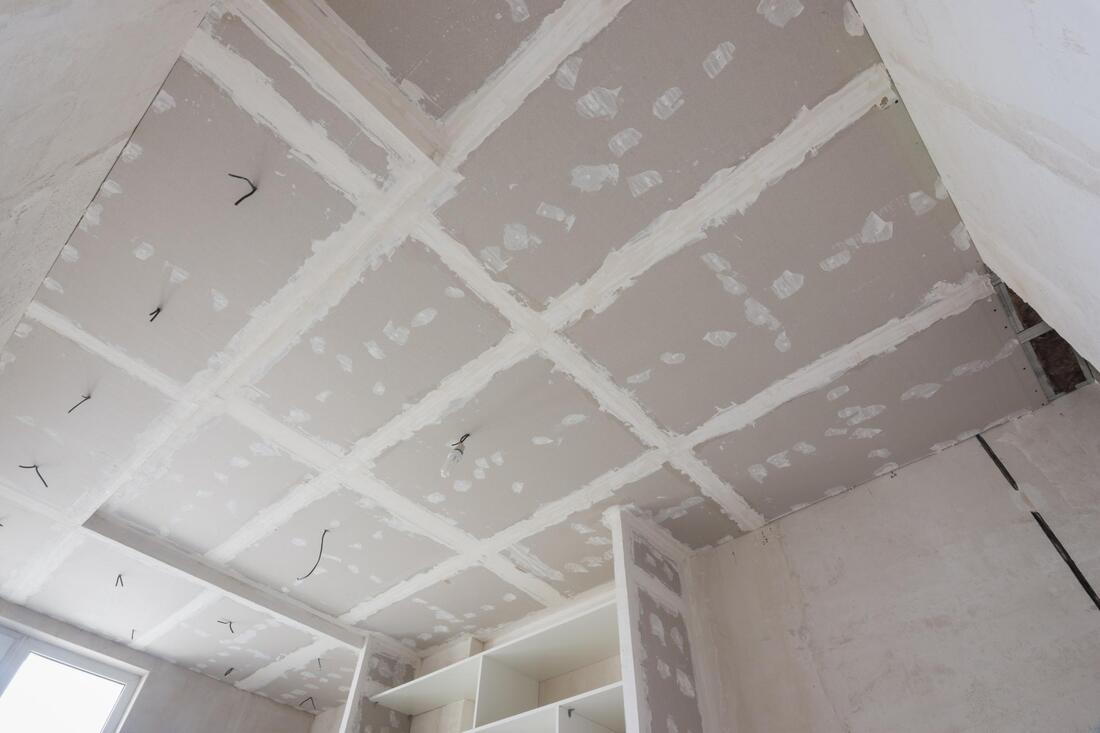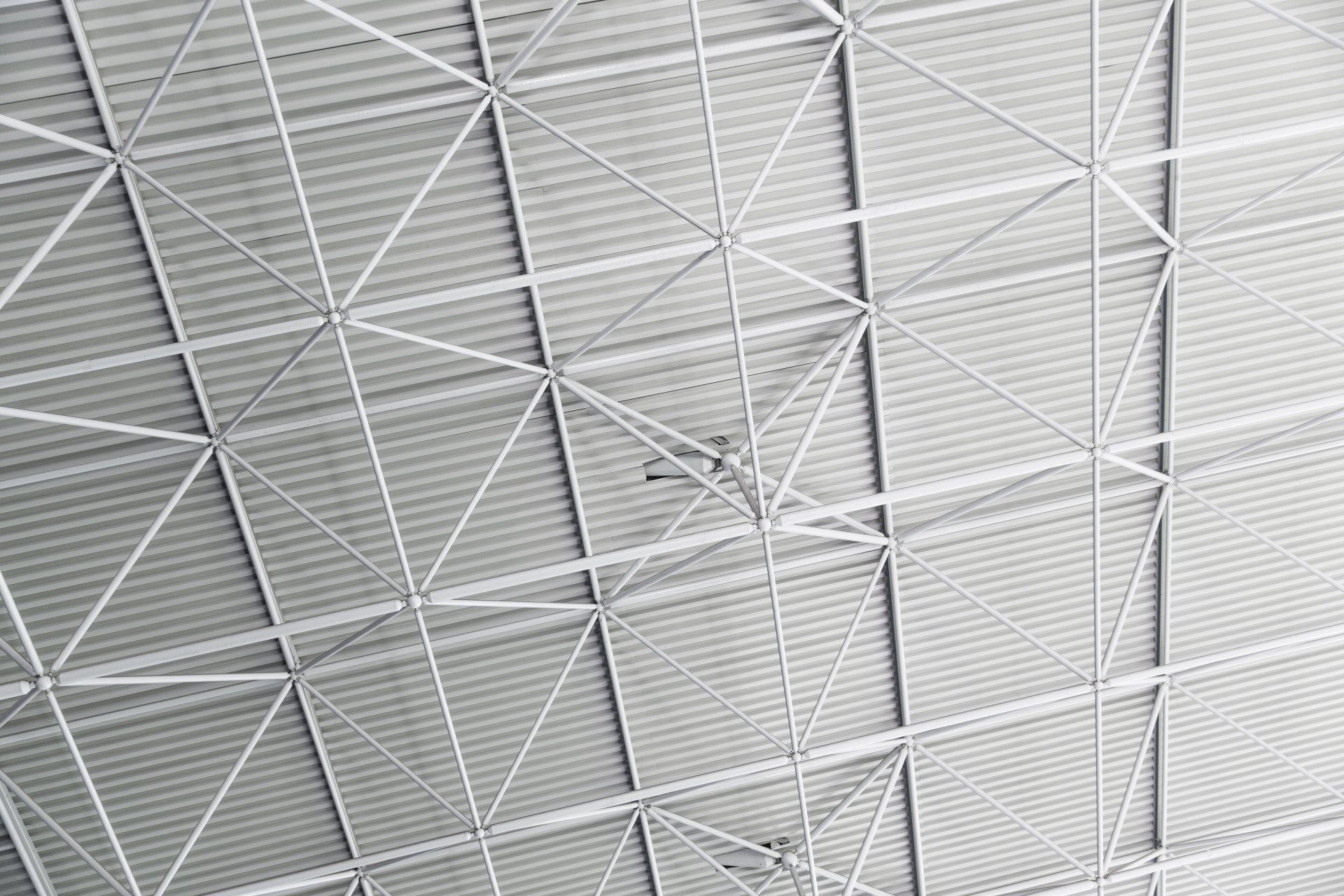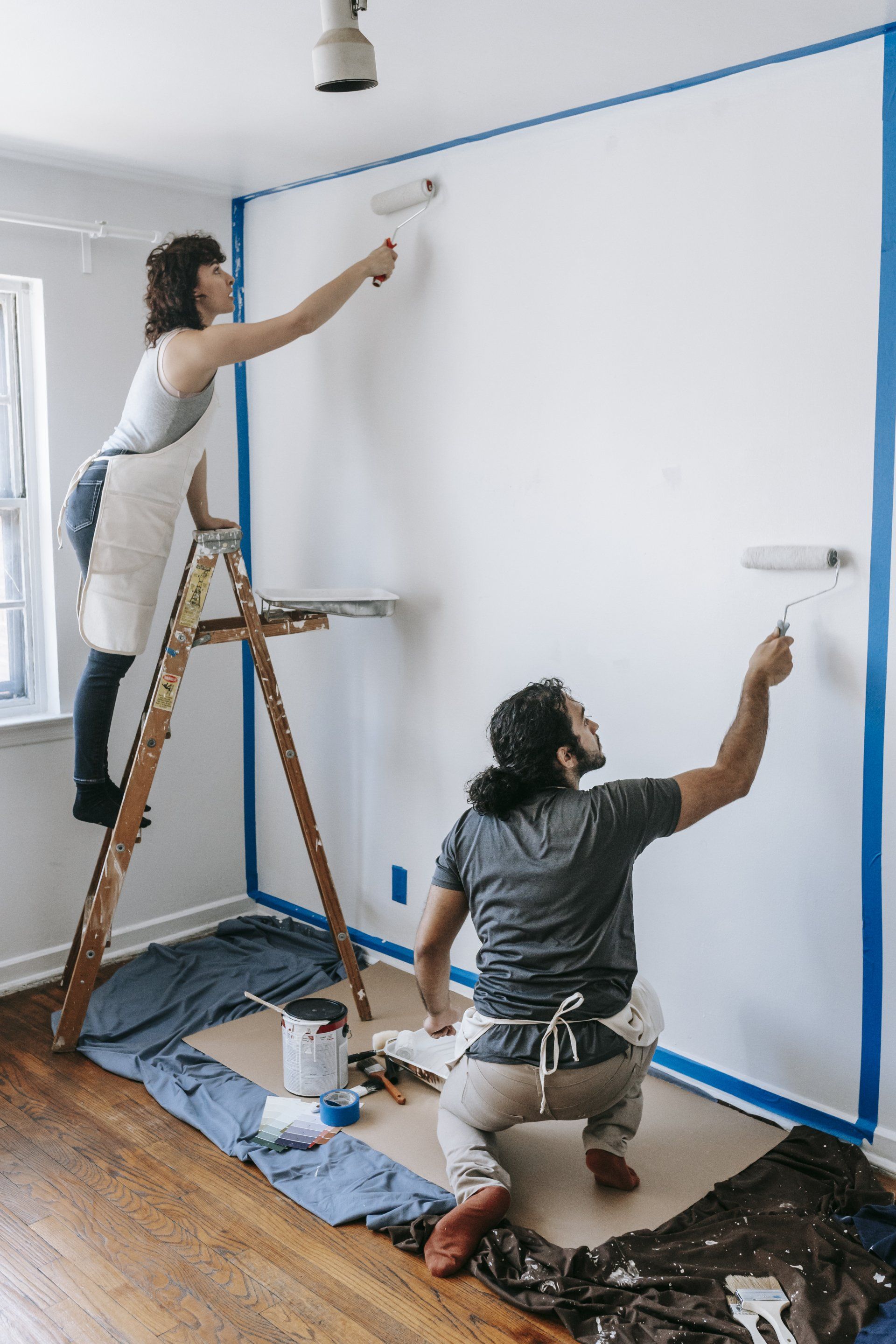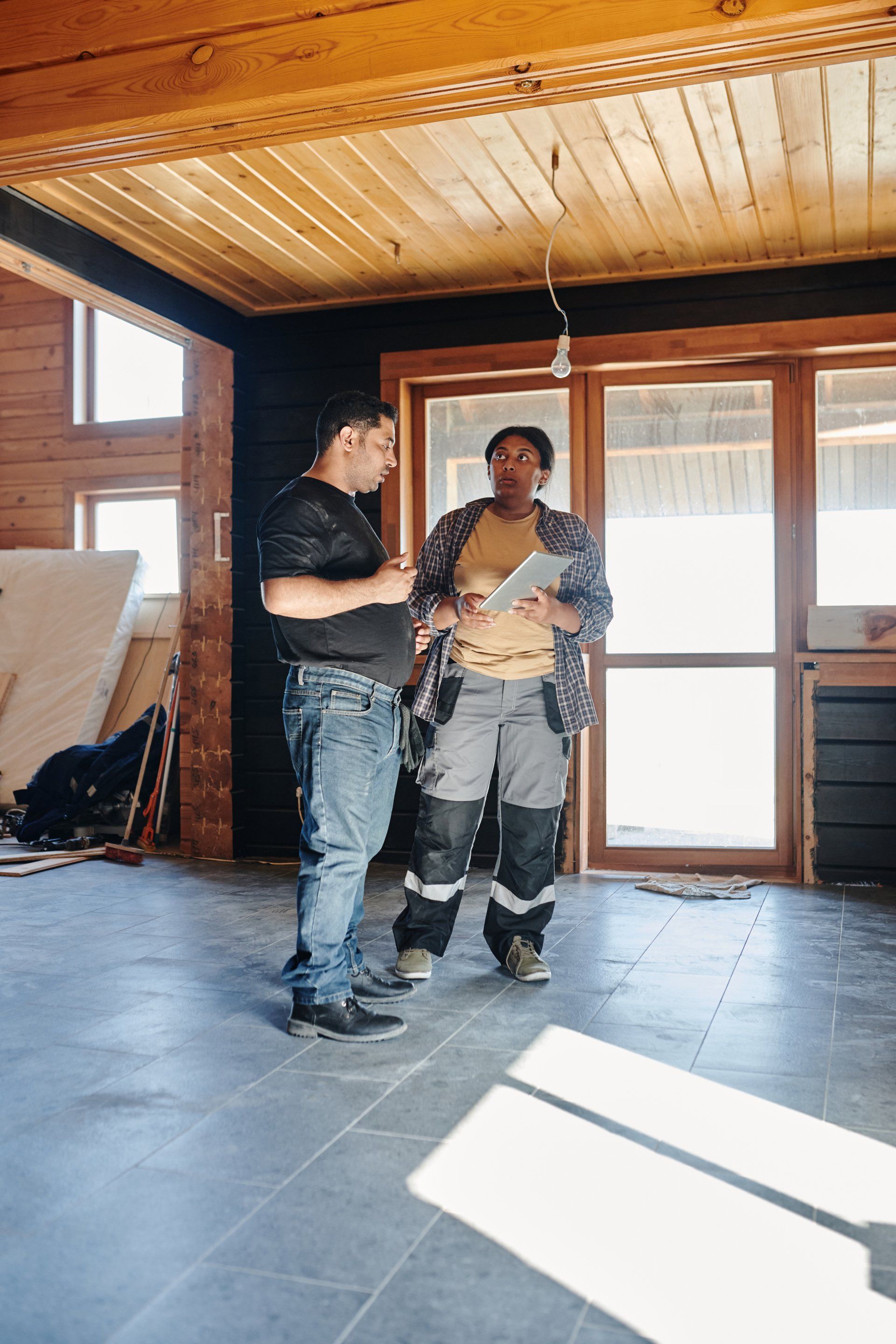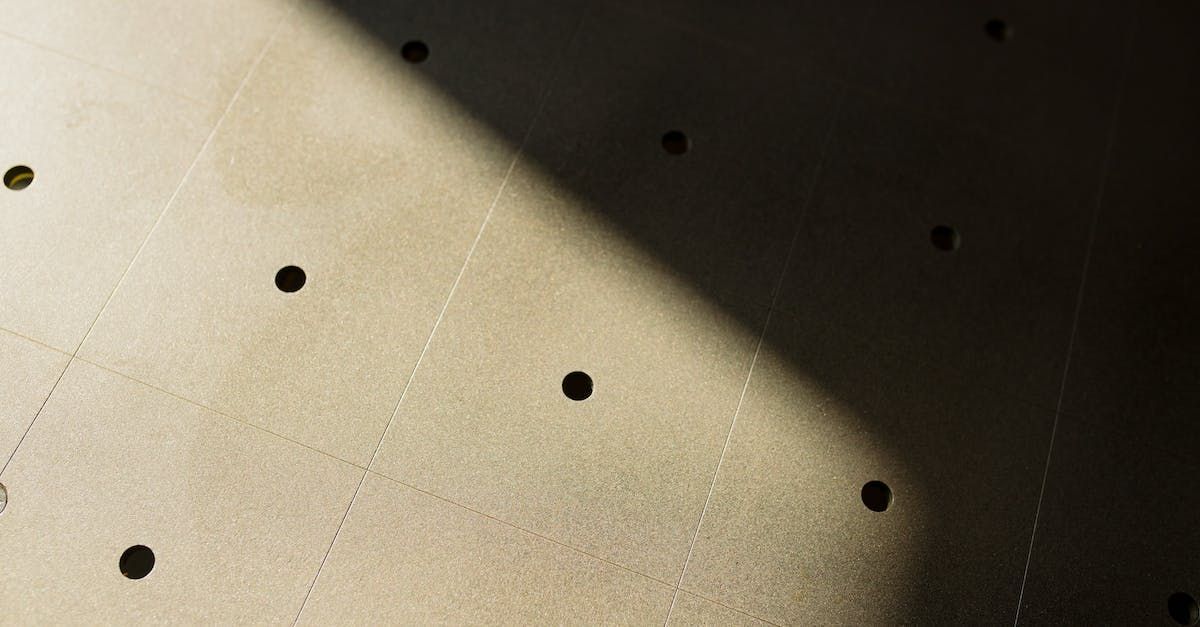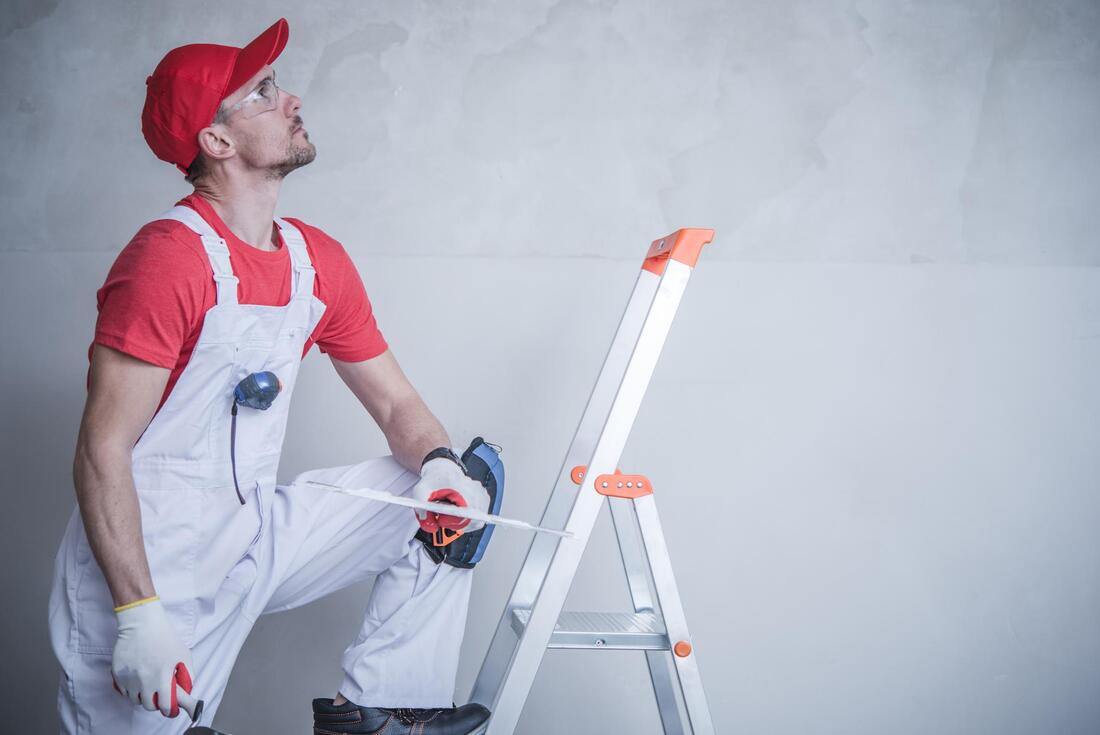Drywall Done Right: Pro Techniques for Installation and Repair
Master the Art of Drywall Repair & Installation with These Pro Techniques
Drywall is an essential part of modern construction, used to create smooth, durable walls and ceilings in both residential and commercial spaces. Whether you're tackling a repair job or installing new drywall, mastering the process is key to achieving professional results. In this comprehensive guide, we'll explore pro techniques for drywall repair and installation, from fixing minor damage to completing a flawless new installation. We'll cover essential tools, common mistakes to avoid, and insider tips for getting the job done right.
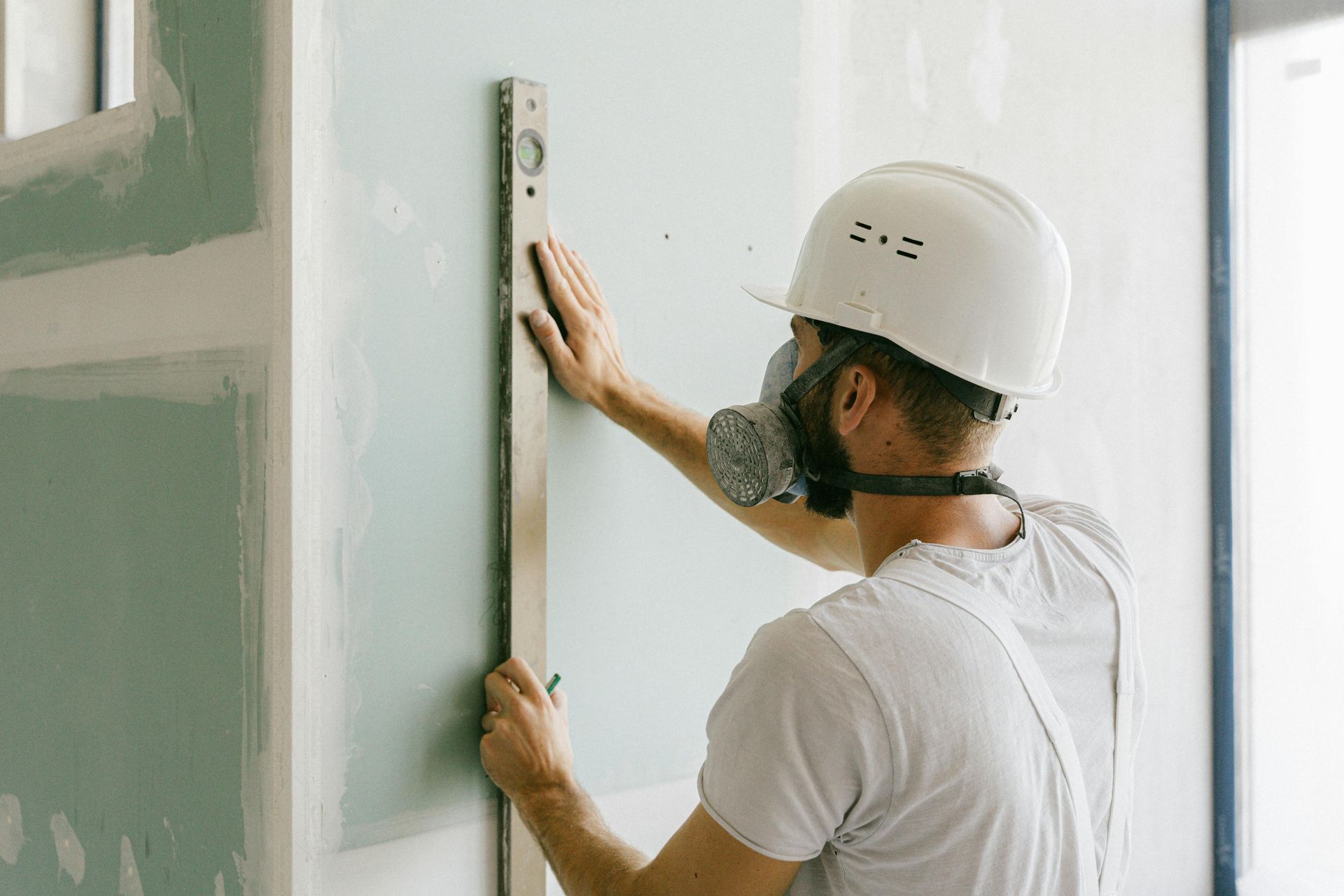
Understanding Drywall and Sheetrock
Before diving into the drywall repair and installation process, it's important to understand what drywall and sheetrock are. Dry wall (commonly referred to as drywall or Sheetrock) is a type of wallboard made of gypsum plaster sandwiched between two sheets of thick paper. Sheetrock is actually a brand name but is often used interchangeably with drywall.
Knowing the difference can help when searching for drywall and sheetrock products or when comparing drywall contractors near me or sheetrock contractors near me. Whether you choose drywall or sheetrock, the installation and repair process remains largely the same.
Essential Tools for Drywall Installation and Repair
To do drywall installation and repair like a pro, you’ll need the right tools. Having the proper equipment can make a significant difference in the final outcome. Here's a list of tools for drywall projects:
- Drywall knife (for cutting and smoothing drywall)
- Utility knife (for precision cutting)
- T-square or drywall square (for accurate measurements)
- Drill (to drive screws into studs)
- Drywall saw (for cutting openings for outlets and fixtures)
- Joint compound or drywall mud (for filling seams and holes)
- Drywall tape (to reinforce seams)
- Sanding block or pole sander (for smoothing surfaces)
- Drywall screws (to fasten drywall sheets to studs)
Having these tools for drywall ensures you're prepared for both installation and repair tasks.
How to Install Drywall Like a Pro
Step 1: Measure and Cut the Drywall
When installing drywall, the first step is to take accurate measurements of the space where the dry wall will go. Using a T-square, mark your drywall sheet and cut along the lines using a utility knife or drywall saw. Remember, precision is crucial to avoid costly mistakes later on.
Step 2: Fasten the Drywall to Studs
With your drywall sheets cut to size, the next step is fastening them to the wall studs using drywall screws. Start at the top and work your way down, making sure the screws are sunk just below the surface but not so deep that they tear the paper. Drywallers near me recommend spacing screws about 12 inches apart for maximum stability.
Step 3: Tape and Mud the Joints
Now that the drywall is securely fastened, it’s time to tape and mud the joints. Apply drywall mudding (joint compound) to the seams, then place drywall tape over the mud. Smooth the tape with a drywall knife, and apply a thin coat of mud over the tape. Allow the mud to dry before adding additional coats, sanding in between for a smooth finish.
Step 4: Sand and Finish
Once the mud is dry, use a sanding block or pole sander to smooth out the surface. Be sure to sand carefully around the edges to avoid gouging the drywall. This step is crucial for achieving a flawless finish that will look professional once the walls are painted.
Drywall Repair: Filling Holes and Fixing Damage
Drywall repair is a common task that most homeowners will face at some point. Whether you’re patching a small hole or fixing larger damage, knowing how to properly repair drywall will save you time and money. Here’s how to fill holes in wall and repair larger sections of drywall like a pro.
Minor Drywall Repairs: Filling Small Holes
For small holes, such as nail or screw holes, you’ll need drywall mudding (joint compound) and a putty knife. Here's a simple process for filling small holes in drywall:
- Clean the area around the hole.
- Apply a small amount of joint compound to the hole using the putty knife.
- Smooth out the compound and allow it to dry.
- Sand the area lightly for a smooth finish.
This quick fix is something you can handle even if you're not a professional. If you're looking for assistance, searching for drywall repair near me or sheetrock repair near me can connect you with local experts.
Patching Larger Holes in Drywall
Larger holes require a different approach. First, cut a square or rectangular piece of drywall slightly larger than the hole you're repairing. Then, cut the damaged drywall section to match the size of the patch. Once the patch fits snugly, attach it to the studs using drywall screws and proceed with drywall mudding and sanding.
For significant damage, consider hiring professionals by searching for sheetrock contractors near me or drywall contractors near me. They can help if the damage is too extensive to handle alone.
Finding Professional Help: Drywall Contractors
For homeowners who prefer not to tackle drywall projects on their own, hiring a professional drywall contractor is a smart move. Whether you need a full installation or just minor repairs, professional drywallers will ensure a smooth and durable finish. You can find drywall contractors near me or sheetrock contractors through online searches, or ask for recommendations from friends or neighbors.
Additionally, if you're located in California, you might want to look into handyman Sacramento services, which can assist with a variety of home repair tasks, including drywall sacramento repairs.
When hiring a contractor, consider factors such as their experience, the scope of the job, and customer reviews. Whether you need a drywall company near me or sheetrock contractor drywall experts, it’s essential to find professionals who specialize in your specific needs.
Common Mistakes to Avoid in Drywall Repair and Installation
When working on drywall and sheetrock projects, it’s easy to make mistakes that can lead to poor results. Here are some common pitfalls to avoid:
- Over-sanding: Sanding too much can damage the drywall surface, making it harder to achieve a smooth finish.
- Using too much mud: Over-application of joint compound can cause lumps and bumps that will be visible even after painting.
- Incorrect screw placement: Screws that are too deep can tear the paper, while screws that are too shallow won’t hold the drywall in place.
- Skipping primer: Applying paint directly to new drywall without using primer first can lead to uneven color and texture.
Avoiding these mistakes will ensure that your drywall project is successful and long-lasting.
Conclusion
Whether you’re a seasoned DIYer or a homeowner new to renovation, mastering the basics of drywall repair and installation can save you time and money. From minor repairs like filling holes in wall to full-scale drywall installations, following these pro techniques for drywall will ensure a smooth and professional finish every time.
If the task seems overwhelming or you prefer to leave it to the pros, searching for drywall contractors near me, sheetrock contractors near me, or drywall repair near me will help you find
qualified professionals who can handle the job with expertise.
No matter how you approach it, ensuring your walls are done right can make a big difference in the appearance and value of your home.

